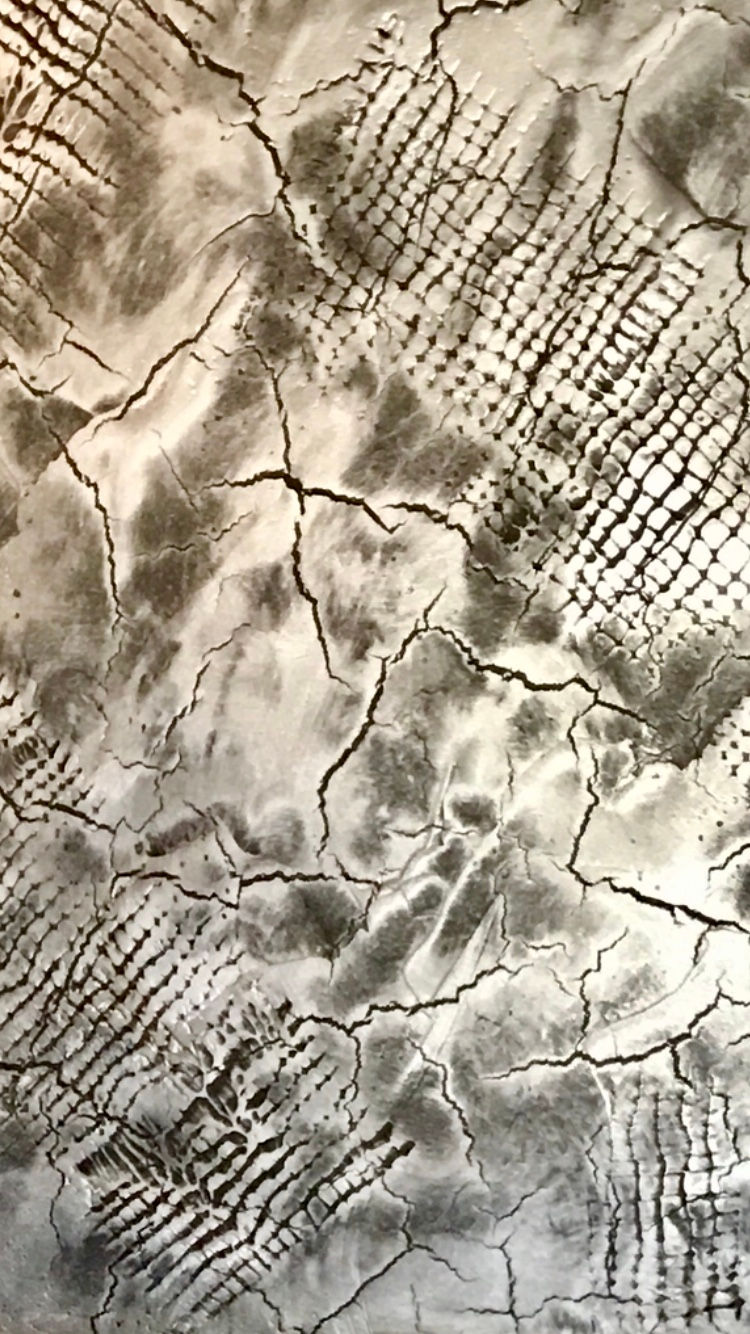Venetian Plaster: An Everything-You-Need-to-Know Guide
- Russ
.jpg/v1/fill/w_320,h_320/file.jpg)
- Dec 13, 2018
- 2 min read
Updated: Jun 13, 2019
Venetian plaster is really a general term that refers to putty made from fired limestone combined with water. It’s then mixed together to make lime plaster. (So Venetian plaster and lime plaster are the same thing.) And when that lime plaster is applied to walls and exposed to the carbon dioxide in the air, the mixture turns back into limestone. So it starts as limestone and ends as limestone—truly magical! And it's the same stuff our ancestors used in ancient Greece and Egypt. Incredibly, it has endured the test of time, both physically and aesthetically.
"Living with lime-plastered walls is like living inside a Rothko painting," says interior designer Leigh Herzig—and anyone who has used it will know she's talking about Venetian plaster. The material, which has been used to finish walls since ancient times, made its first comeback with the unfortunate "Tuscan" decorating movement of the ’90s that we're all still trying to forget. But don't write it off! More recently, Venetian plaster has been increasingly used in homes of style, thanks to the popularity of plaster-loving designers such as Axel Vervoordt and Vincent Van Duysen. AD caught up with Herzig—who so loves using Venetian plaster in her designs (almost all of them) that she's taken courses to learn how to apply it herself—to learn more about the trend and how to know if it's right for you.

Recently, there have been technological advances in the composition of lime plaster that have made it much easier to use. So it’s becoming more prevalent and more and more people are getting exposed to it. It's going viral! But I also think there is an enduring and increasing appreciation for natural materials in design. There’s a growing focus on blurring the architectural line between indoors and out. And lime plaster is quite literally the earth on your walls.
The interplay of natural light and lime plaster is exhilarating. It appears as if there's simultaneously a warm light emanating from within the plaster and a vibration of light hovering above it. The effect is a feeling of lightness and stillness in the space. It's these qualities that pair so nicely with a minimalist aesthetic. The plaster both warms up a pared-down space and enhances the focus on the essential.







Comments